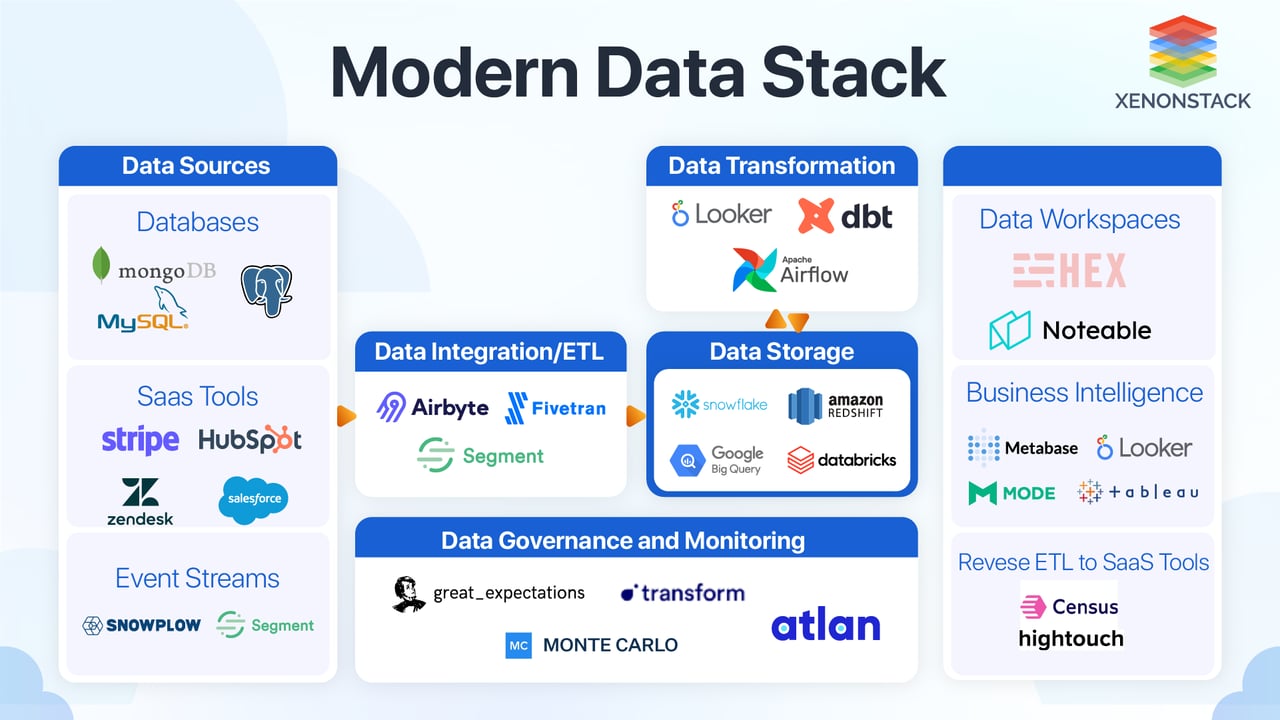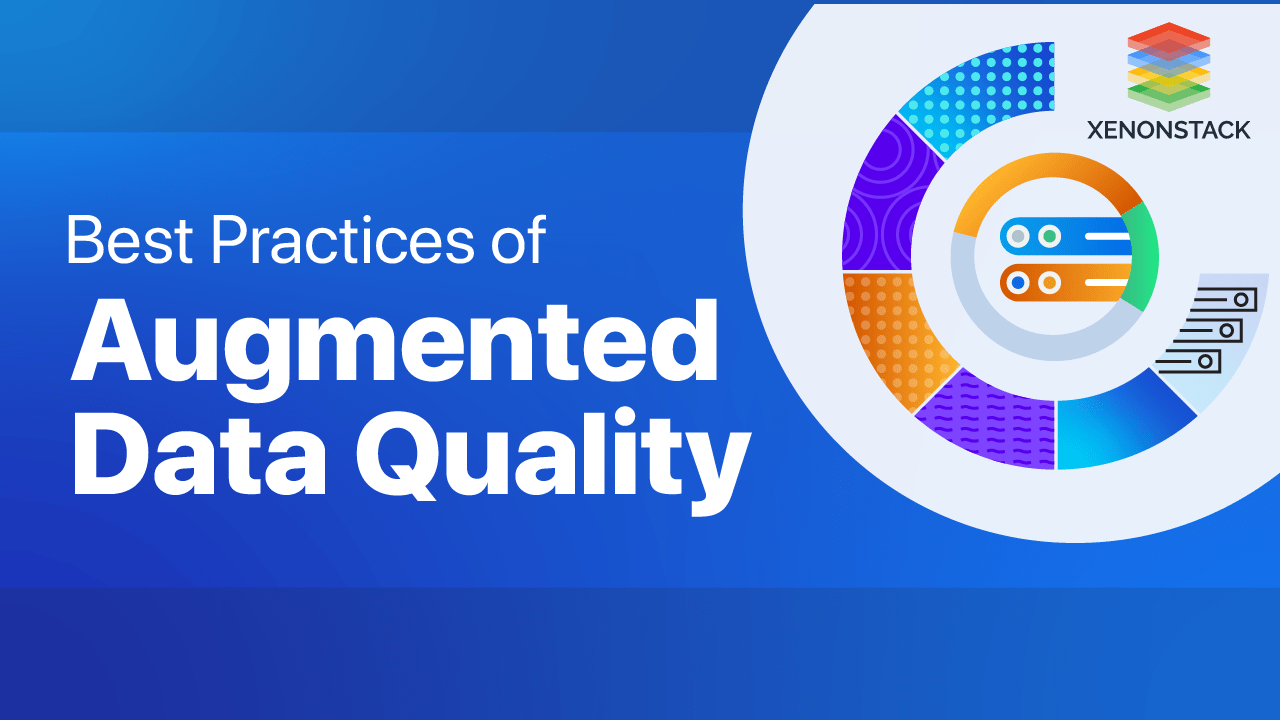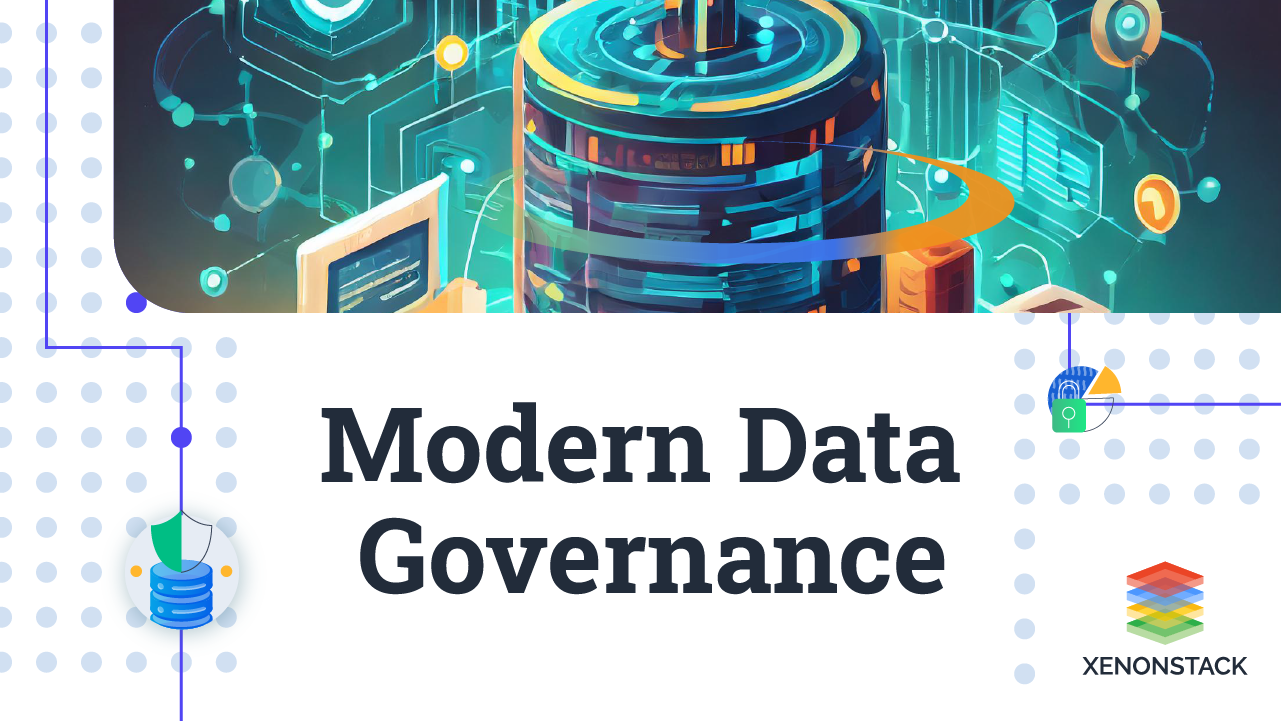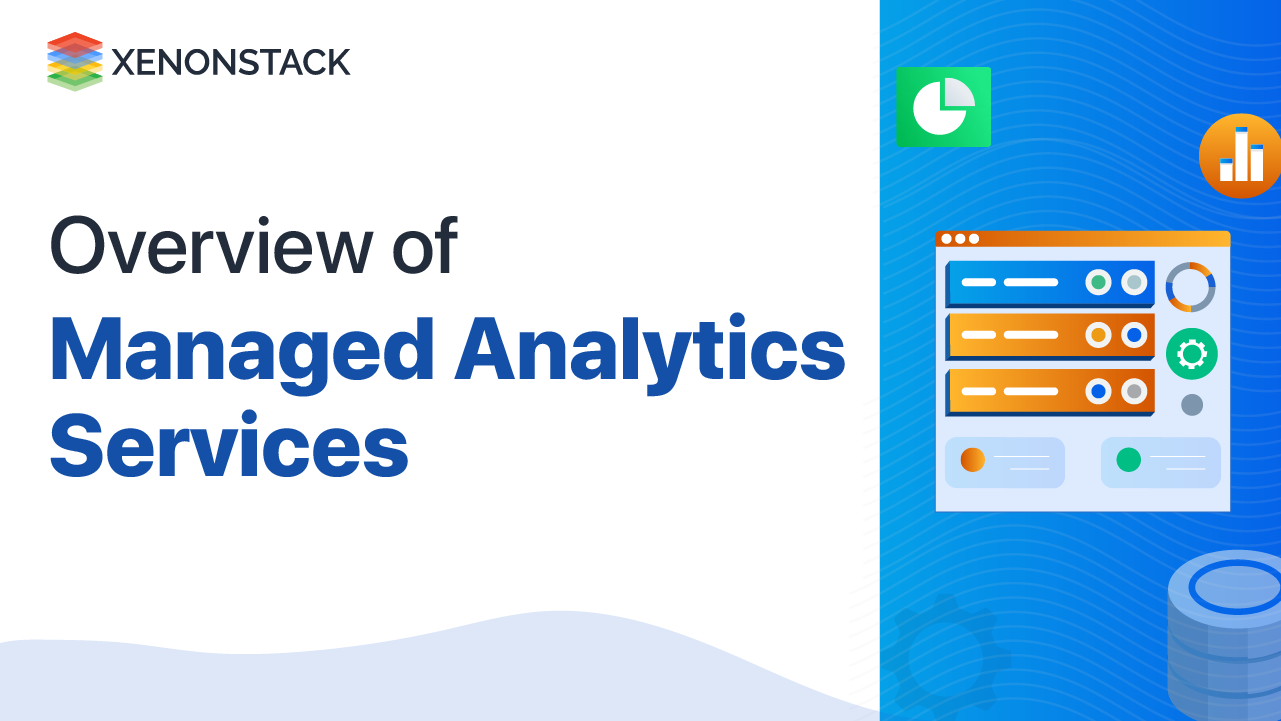
Modern Data Warehouse and Its Role in Advanced Analytics
The modern data warehouse is evolving to handle the complexities of big data, real-time analytics, and multi-structured data. Key technologies like data lakes, cloud data warehousing, and ETL (Extract, Transform, Load) processes enable seamless data integration and transformation. Organizations are embracing data virtualization and polyglot persistence to store and manage diverse data types, while real-time analytics unlocks faster decision-making.
With the rise of big data and the need for scalable solutions, modern data architectures are shifting to hybrid models that combine on-premises and cloud environments. Leveraging business intelligence (BI) tools, companies can gain comprehensive insights, driving innovation and competitive advantage. This blog explores how the modern data warehouse is transforming businesses by integrating and analyzing data from various sources.
- Incorporate Hadoop, traditional data warehouse, and other data stores.
- Includes multiple repositories may reside in different locations.
- Include Data from mobile devices, sensors, cloud and the Internet of Things.
- Includes structure/semi-structured/unstructured, raw data.
- Inexpensive commodity hardware in cluster mode.
Data Warehousing is processing for gathering and handling data from various sources to provide essential business insights. Source: Data Warehouse Modernization
Architecture of a Modern Data Warehouse: Scalability, Performance, and Machine Learning Integration
The working architecture of real-time Modern Data Warehouse is mentioned below:
Multiple Parallel Processing (MPP) Architectures
- MPP architecture enables a mighty scale and Distributed Computing.
- Resources add for a linear scale-out to the largest Data Warehousing projects.
- Multiple parallel processing architecture uses a "shared-nothing". There are numerous physical nodes, each runs its instance. This results from performance many times faster than traditional architectures.
Multi-Structured Data
- Define Big Data & Analytics Infrastructure for multiple storage data with a polyglot persistence strategy.
- Integrate portions of the data into the Data Warehouse.
- Federated query access.
Lambda Architecture
In lambda, architecture defines three layers -- Speed Layer - Low latency data.
- Batch Layer - Raw Data processing to support complex analysis.
- Serving Layer - Response to queries.
Hybrid Architecture
Scale up MPP compute nodes during -- Peak ETL data loads.
- High query volumes.
- Utilize existing On-Premises data structures.
- Use Cloud services for Advanced Analytics.
A mini Data Warehouse design that shows the contents to be needed only to the client-side, i.e. it holds the overview of the data. Click to explore about, Data Mart a Subset of The Data Warehouse
Modern Data Warehouse for Data Governance and Self-Service BI
It solves the problems for various businesses such as:
- Data Lakes - Instead of storing in hierarchical files and folders, as traditional data warehouse do, a data lake is the repository that holds a vast amount of raw data in its native format until needed.
- Data Divided Across Organizations - Modern Data Warehousing allows for quicker information Assortment and Analysis across organizations and divisions. It keeps the Agility model and promotes more alignment and sooner effect.
- IoT Streaming Data - The Internet of Things has completely transformed the scenario, units, etc. share and stock data across multiple devices.
Business Challenges
- Reduce the cost to store and manage data growth.
- Business demand to analyze new data sources requires investment in technologies to process all data formats.
- Current Data Warehouses are good for Multidimensional Analytics but not suited for Image, Video or other new types of analytics.
The core process used to manage, centralize, and organize data according to business marketing and operations. Source: Master Data Management
Adopt a Modern Data Warehouse for Effective IoT Data Management and Automation
The steps to adopt it are described below:
Growing an Existing DW Environment
- Internal to the Data Warehouse
- Data modeling strategies
- Partitioning
- Clustered columnstore index
- In-memory structure
- MPP
Augment the Data Warehouse
- Complementary Data Storage & Analytical solutions.
- Cloud & Hybrid solutions.
- Data Virtualization/ Virtual DW.
Key Features of Data Warehouse Automation and Machine Learning Integration
- Variety of subject areas & data sources for analysis with the capability to handle the large volume of data.
- Expansion beyond a single relational DW/Data Mart structure to include Data Lake.
- Logical design across multi-platform architecture balancing performance & scalability.
- Data virtualization in addition to Data Integration.
- Support for all type & levels of users.
- Flexible deployment decoupled from the tool used for development.
- Governance model to support security and trust, and Master Data Management.
- Support for promoting the self-service solution to the corporate environment.
- Ability to facilitate Real-Time analysis of high-velocity data.
- Support for Advanced Analytics.
- Agile Delivery approach with the fast delivery cycle.
- Hybrid Integration with Cloud services.
- APIs for downstream access to data.
- Some DW automation to improve speed, consistency, business terminology.
- An analytics sandbox or workbench area to facilitate agility within a BI environment.
- Support for self-service BI to augment corporate BI; Data discovery, Data Exploration, Self-service Data preparation.
The Concept of Database designing is key, whereas the SQL queries part is relatively very simple. Click to explore about our, Data Warehouse Database Design Architecture
Best Practices for Data Warehousing
Below highlighted are the best practises of it:
Define the Compression Formats and Data Storage
There can be more than one option for data storage. Each storage option offers distinct advantages and benefits. It is necessary to evaluate the data formats and storage to work smoothly with the applications in an ecosystem.
Look out for Multi-tenancy Support
Multi-tenancy support is important for the BI environment. It gives the advantage of using a single software stack to serve thousand of partners & customers and make upgrades or customization.
Review the Schema
Evaluate the nature of the database storage. Verify how it’s loaded, processes, and analyzed to optimize schema objects.
Ensure Metadata Management
Ensure end-to-end Metadata Management for Data Warehouse initiatives Metadata Management defines. Metadata Management establishes the success of Modern Data Warehousing projects. It captures the necessary information to build, use and interpret the Data Warehouse elements.
The Benefits of a Modern Data Warehouse: From IoT Data Management to Self-Service BI
- Rapid integration of data into the environment.
- Improved efficiency in integration reducing time, cost and efforts.
- Opportunity to enable innovative new data models.
- Potential for new insights into the data that provide Preventive analysis and Predictive Analysis.
- Ability to have more extensive datasets for analysis as the data collected and stored continues to grow exponentially.
- Cost advantages of Open source software & Commodity hardware.
The opportunities of Big Data and Advanced analytics are a big challenge. The most sophisticated are changing to meet the requirements of the Modern Data Enterprise. Increase in volume expected to continue. Business velocity continues to change business operations and customer interactions. Data becomes even more diverse and more available than ever before. Big Data means a big impact on business. To dig into the immense new opportunities of Big Data, the Modern enterprise needs a modern data platform. Microsoft solution delivers platform, solutions, features, functionality, and benefits that empower the Modern Enterprise in three essential areas i.e easily manage relational and non-relational data at all volumes and high performance, enjoy a consistent experience across on-premises and Cloud, gain insights from BI and Advanced Analytics across all data wherever it resides.
Next Steps: Optimizing Scalability, Performance, and Analytics
To optimize your data warehouse, focus on enhancing scalability, ensuring high performance, and integrating advanced analytics. Leverage automation, machine learning, and IoT data management to streamline processes, improve decision-making, and support data-driven insights for future growth.


